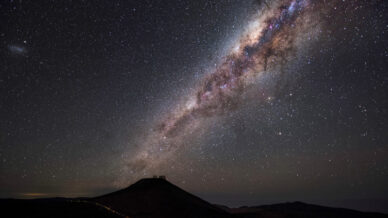
100 years ago, the Milky Way was displaced from the centre of the Universe
Precisely a century ago, the New York Times newspaper announced that the Andromeda nebula was after all another “island universe”, so big or even bigger than the Milky Way. The Universe had just increased tenfold.
Read more
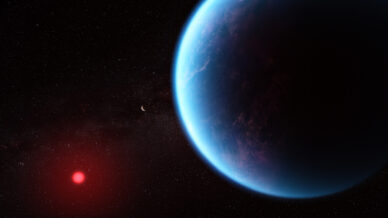
On breezes never before sailed
With more than five thousand planets already discovered in orbit of other stars, scientists are now launching a new era of surprising discoveries about the exotic atmospheres of these distant worlds. Article by Tomás Silva in National Geographic Portugal.
Read more
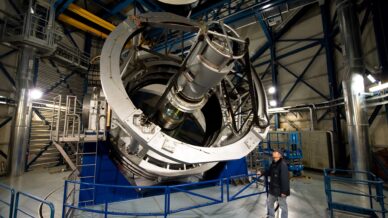
Most detailed map of our galaxy in infrared
Thirteen years of observations led to the most detailed map of Milky Way. Nanda Kumar, an IA collaborator, talked to the podcast Palavra de Cientista about it.
Read more
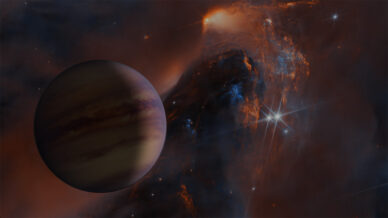
In search of the planets that are truly wanderers
They are worlds much like planets, but not towed to a star. Were they born in a cradle of stars, or are they planets thrown out from their orbits and left to their own fortune? Article by Koraljka Mužić in National Geographic Portugal.
Read more
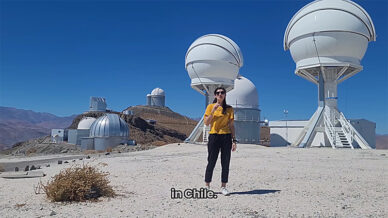
Desert nights – guided visit to Chilean observatories
In a new video she filmed in Chile, Ana Rita Silva, PhD researcher at IA and Porto University, guides us on a visit to two observatories – La Silla and Paranal, of the European Sourthern Observatory – and tells us how discoveries about planets light-years away from the Solar System are made.
Read more
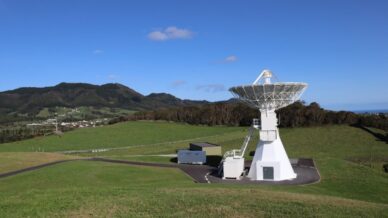
From Azores to the Universe
A PhD student at IA contributed to launching the astrophyskcal observations programme of the RAEGE-Az radiotelescope, on Santa Maria island, Azores.
Read more
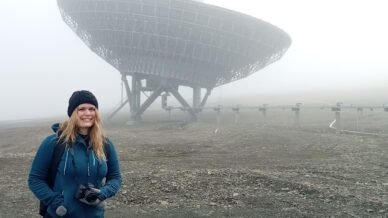
IA researcher is in the Arctic and will help “hunt” aurorae.
Filipa Barros is PhD student at IA and Porto University and uses computing engineering to the study of solar physics. The Sun paved her way to colder territories: the next four months she will be at 78° North, in Svalbard, Spitsbergen archipelago, Norway.
Read more
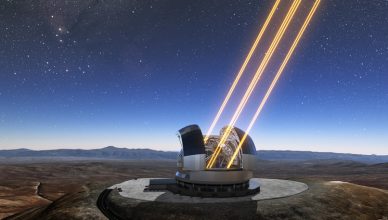
The technology and science of the largest telescope in the world
The Extremely Large Telescope (ELT), of ESO, will be one of the forthcoming technological marvels of Humankind. Alexandre Cabral talked to Expresso newspaper of the expectations regarding what will become the largest telescope ever.
Read more

